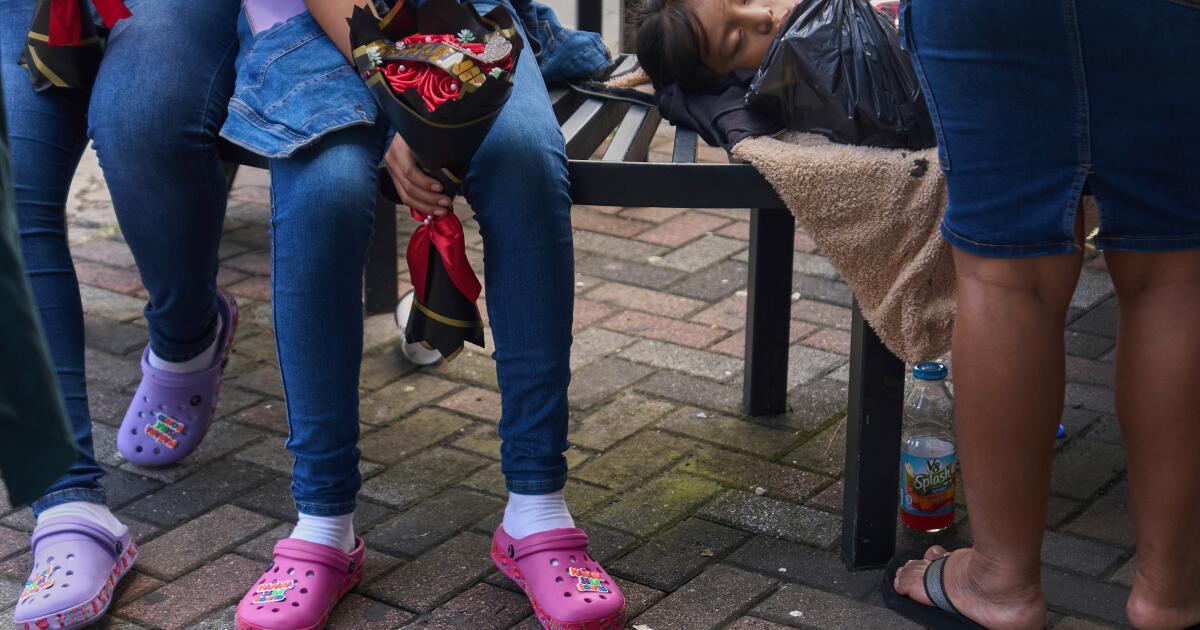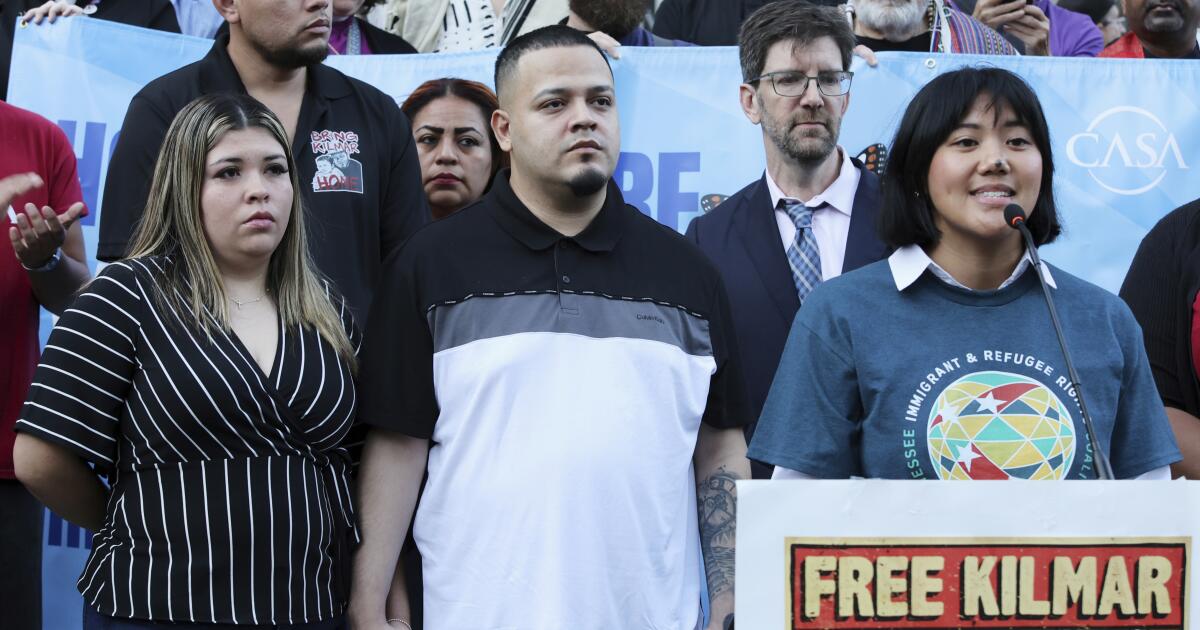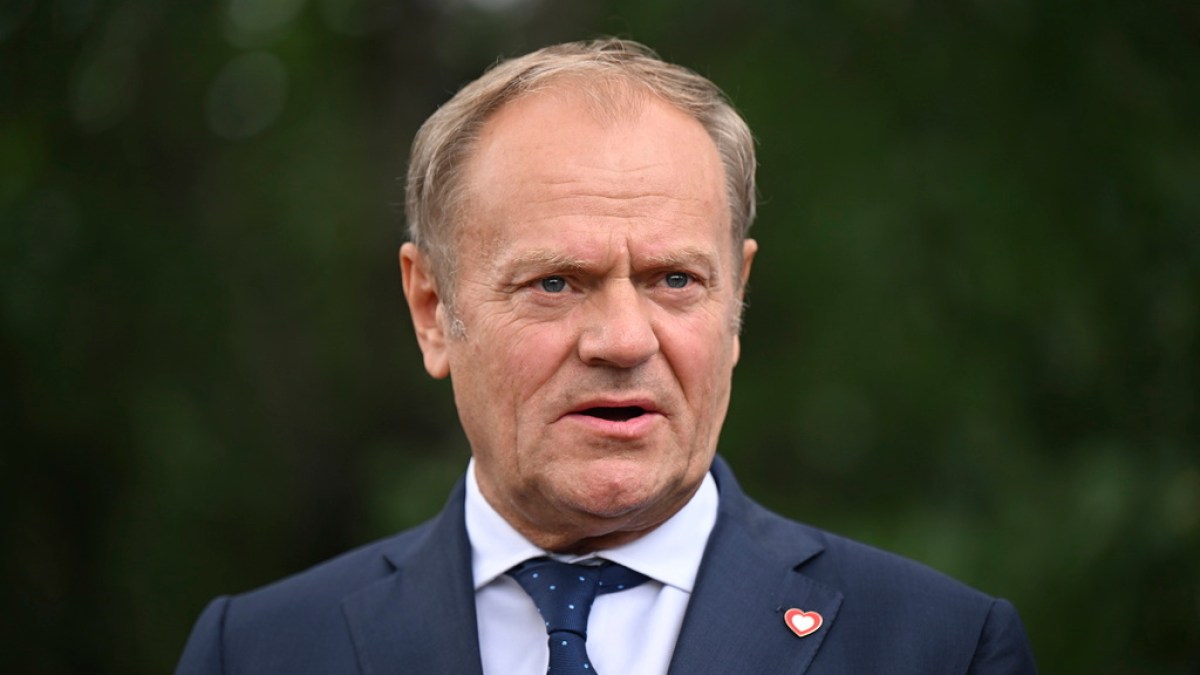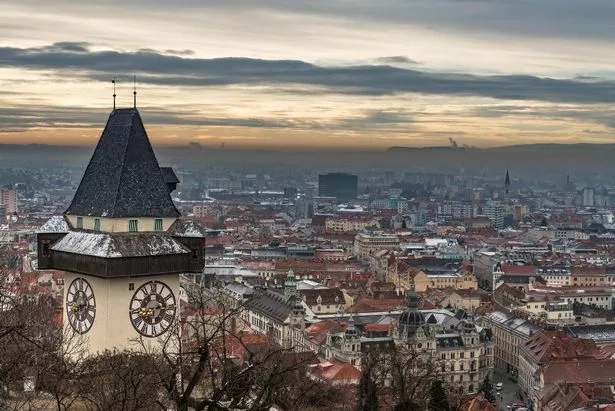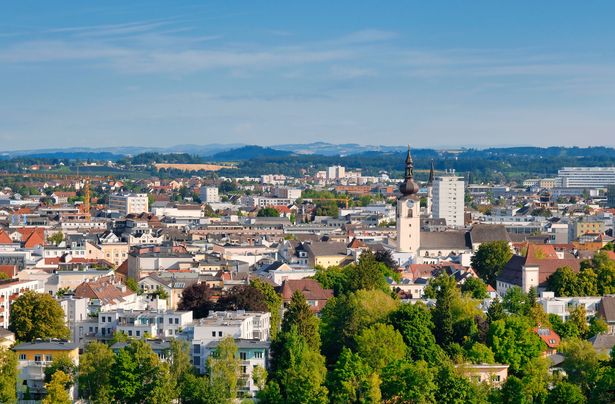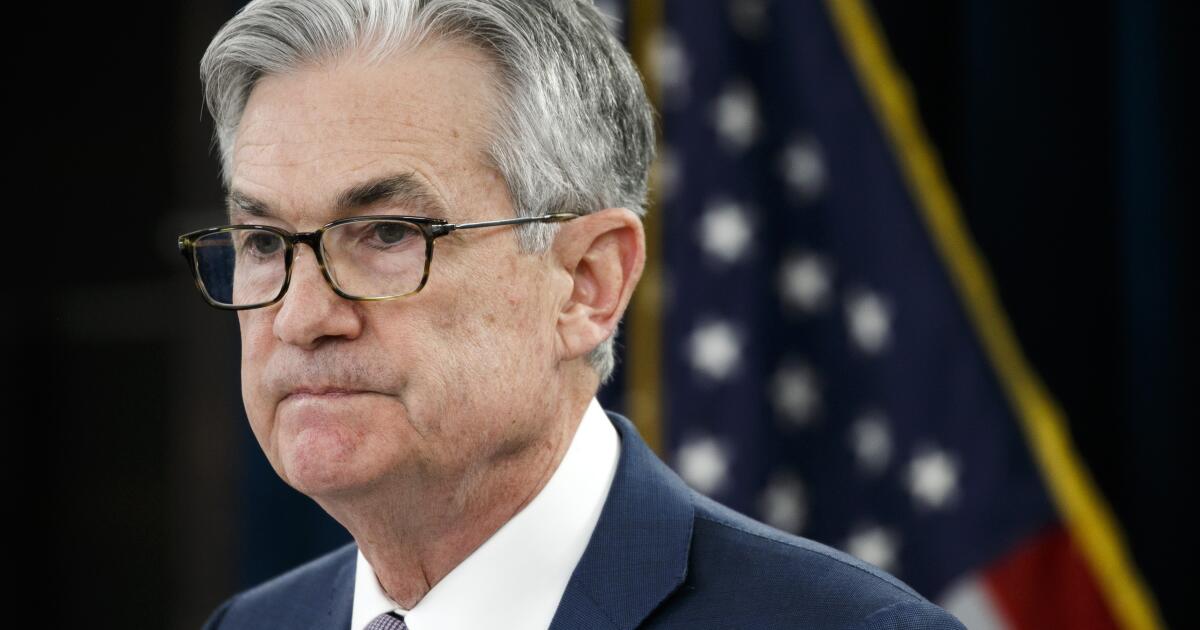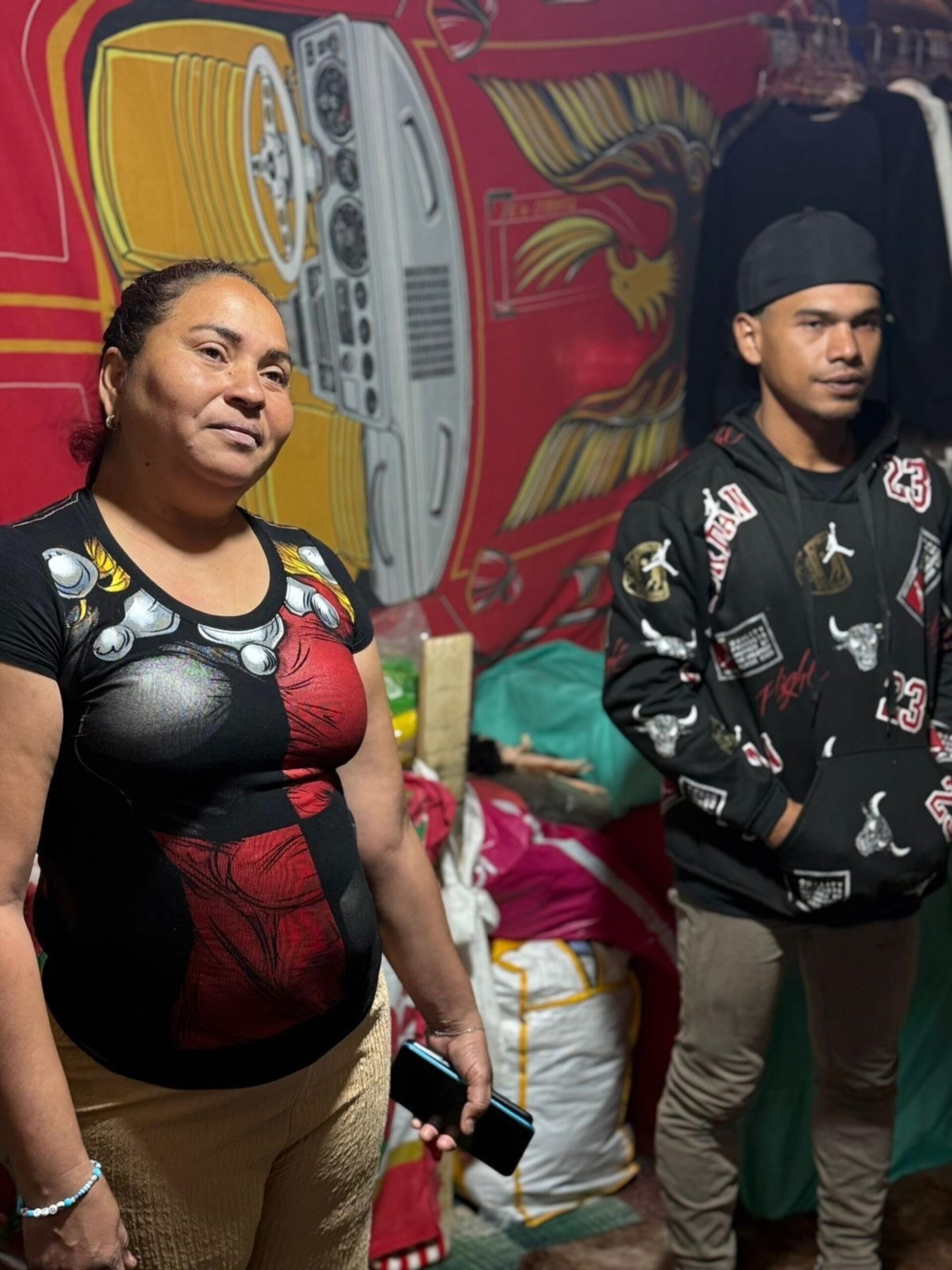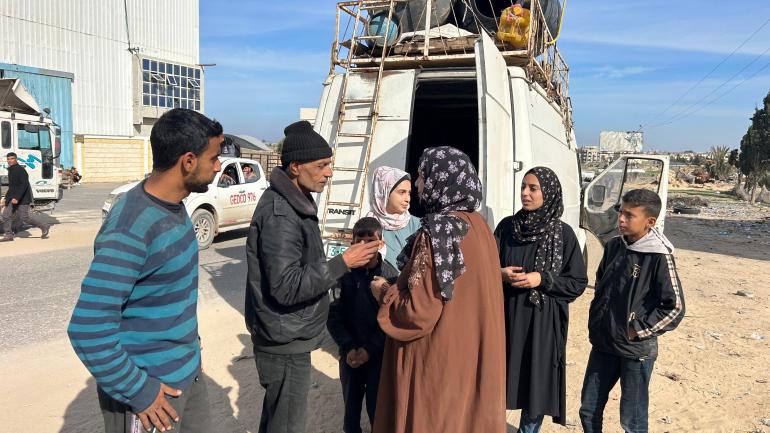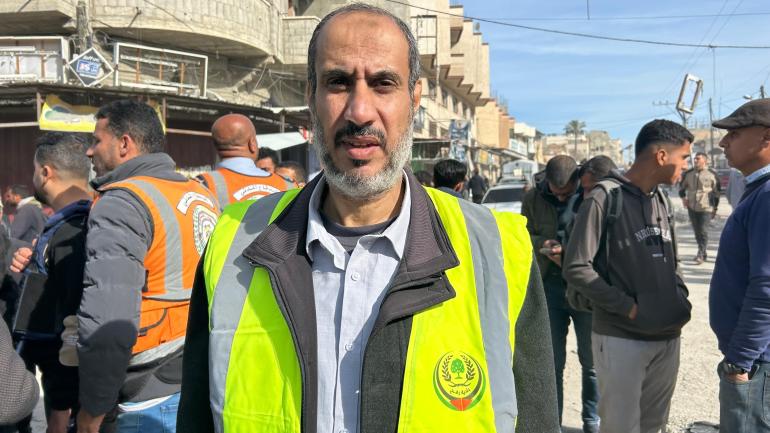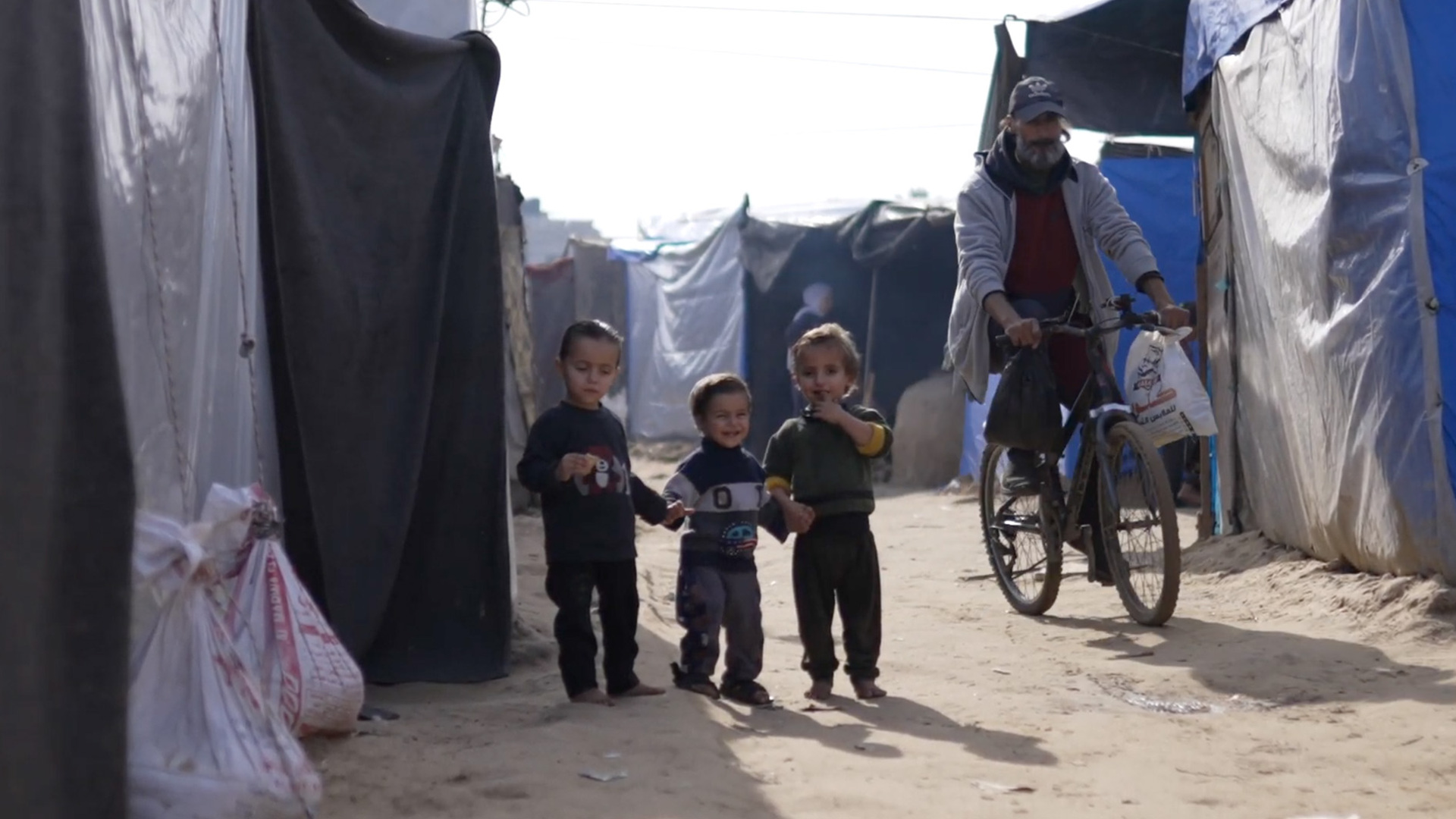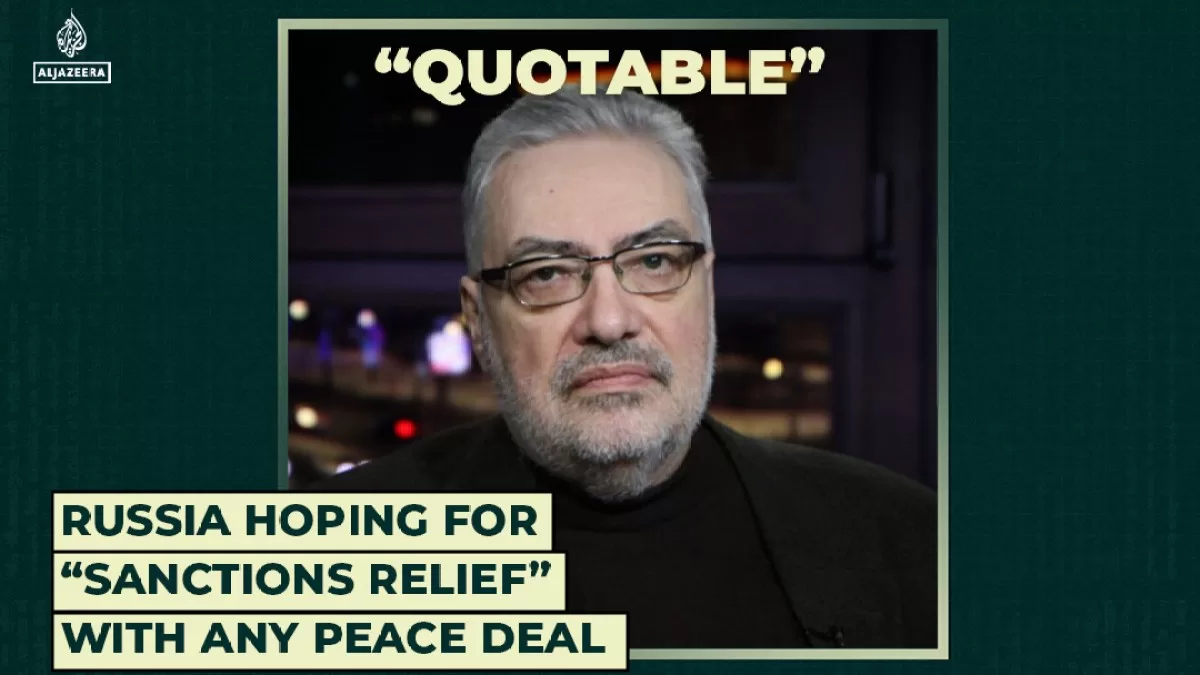Austria have now won the Eurovision Song Contest three times after victory in 1966 and 2014. Vienna hosted the event following both victories.
On Saturday, Australian opera singer JJ won the hearts and minds of the European public with the surging, storming song ‘Wasted Love’.
In doing so, he beat Israel’s Yuval Raphael into second place and saved the ESC organisers a huge potential headache of whether or not to host a song contest in a warzone.
Austria have now won the Eurovision Song Contest three times after victory in 1966 and 2014. Vienna hosted the event following both victories. In the coming weeks, conversations will take place with potential host cities across Austria.
While it will come as no surprise that Vienna and Innsbruck have officially put themselves forward to host next year’s final, other, smaller settlements are vying to get in on the act. An Austrian travel colleague (who does admittedly live in Vienna so may be a little biased) tells me that others in the running are “the smallest and most charmless towns” the country has to offer.
While one of the bigger players is likely to be given the nod, it is not out of the question that the Austrian committee award it to one of the outside runners. Indeed, after Ireland won the 1992 finals, they decided to host the 1993 Eurovision Song Contest in Millstreet, a town with a population of 1,500 in West County Cork.
Given Eurovision fans will splash out on pairs of glittery lederhosen and make their way to whichever host city gets the nod, a destination guide to the hopefuls may come in handy.
Oberwart
READ MORE: How much using your phone abroad costs as Brits blocked from cheap roaming in EU
It would be a real turn-up for the books if Oberwart’s bid were successful. Located in Burgenland, it is a small town famed for its ethnic Hungarian minority and a population of 8,000 including JJ’s singing teacher. The Mayor of Oberwart, Georg Rosner has put the town forward, despite it lacking the capacity to accommodate the travelling eurofans. What it does have are four main attractions, according to Tripadvisor at least: The Baumwipfelweg Althodis observation deck, the AK-Bücherei Oberwart library, a mini-golf course and a cinema. Also, handily, a large concert venue is due to open later this year.
Graz
While it may not be in pole position, it would not be a total shock if Graz got the nod. Not only is it Austria’s second largest city with 250,000 people, it seems quite charming. Graz used to be known as “Austria’s secret love” and “small town at the river Mur”, due to the quiet, calm pace of life there.
In the heart of the city, there’s Schlossberg mountain, on top of which a fortress used to perch in the 11th century. Looking down from there over the city roofs, you will be able to spy buildings from the Romanesque, Gothic, Renaissance, Baroque, Historism and Art Nouveau eras.
Hidden between the buildings are romantic lanes and hidden courtyards of the Italian-style palazzi. It is recommended to walk up and down the Gothic double spiral staircase that forms the backbone of the Burg to appreciate its unique construction. Graz was once a residence city of the Habsburgs, and the royal legacy is apparent through the likes of Eggenberg Palace, which has public museums, gardens and a magnificent park
Wels
“Wels, the jewel in the central region of Upper Austria, is a city grown out of history in the middle of nature,” claims the Upper Austria tourist board. Wels is best known for its conventions, trade fairs and shops. With a population of 60,000 people, it would be similar to Bangor or Margate hosting the ESC if it were to win. Notable landmarks include the Lederer Tower on the picturesque town square; the town hall, the late Gothic parish church with magnificent 14th-century stained-glass windows; and the former imperial castle where the Holy Roman emperor Maximilian I died in 1519.

